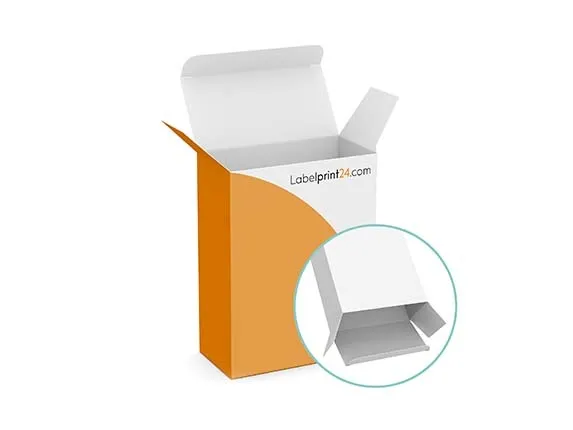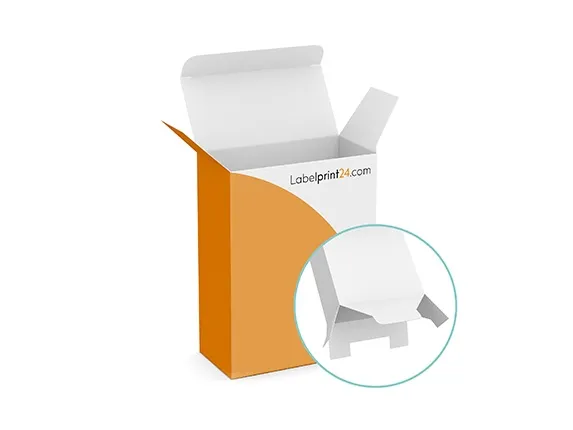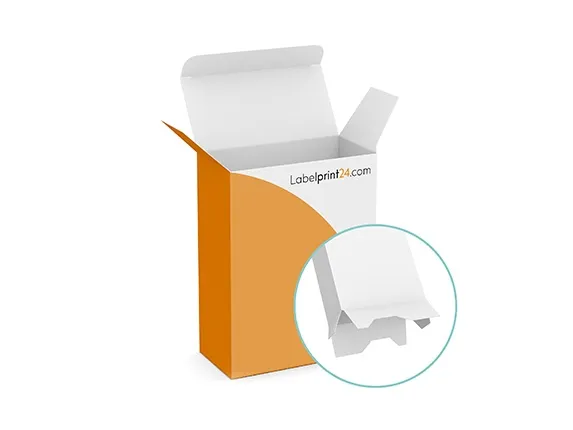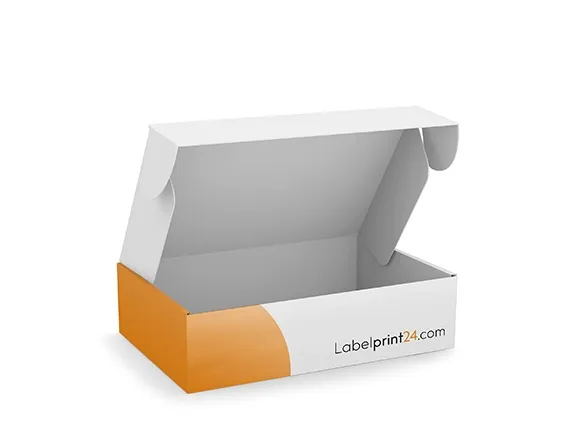
Basic knowledge packaging: between product safety and marketing - What is primary packaging?
The Labelprint24 magazine article explains the concept of primary packaging in the context of product safety and marketing. Primary packaging is sales packaging that is in direct contact with the product. This can be, for example, folding boxes or pouch packaging. Different materials are described here and the importance of professional design and production is emphasised.
The advantages at a glance:
- protection of the product from contamination and damage
- communication of product information
- brand presentation and recognition value
- easier handling
- effective marketing tool for product promotion
What is primary packaging?
According to the experts at the Fraunhofer Institute for Material Flow and Logistics IML, primary packaging is "packaging that is regarded by the consumer as a sales unit". It is therefore sales packaging: consumers can use it to safely transport the products they have bought home or to store the goods accordingly.
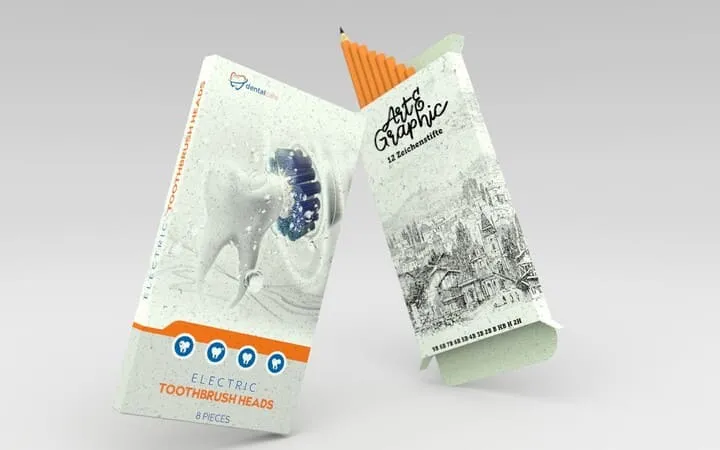
Even this brief description shows that primary packaging is an extremely demanding packaging product. After all, it takes responsibility for the packaged goods and their integrity. At the same time, it is aimed at the customer and is therefore much more than a simple protective cover.
In fact, it usually fulfils various tasks - and often has to take into account vital specifications.
Discover our printed folding boxes for corporate clients
Primary packaging and its range of tasks
Ultimately, all requirements for primary packaging - material properties, material selection, shape and (external) design - are derived from its direct contact with the respective product. This is also the fundamental difference to secondary packaging. Although these are intended as outer packaging for similar tasks (especially with regard to the protective function), they do not come into contact with the products.
Product safety as the top priority
Because primary packaging is so close to the product, the most important task is: the contents must be safe. The packaged product must be insulated and protected as well as possible so that its specific properties are preserved. And this from the moment of packaging until final consumption.
For this purpose, the primary packaging must in turn have the appropriate properties. This is primarily a question of material selection. It is adapted to the requirements of the packaged goods, in several respects:
- The packaging material protects the product from external influences, from moisture, dirt and oxygen to mechanical stresses during storage or transport.
- Conversely, the product or certain ingredients should not pass through the barrier layer to the outside. Solvents are one of many classic examples of this.
- Interactions between packaging and product must be avoided. This is because the high-quality packaging material must not release any particles or substances into the packaged product. Additives such as plasticisers, stabilisers, dyes etc. must be prevented from migrating into the packaged product.
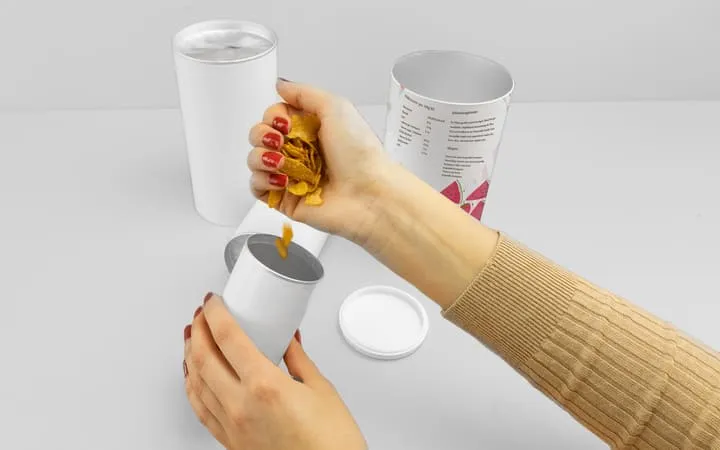
Which material is best suited for primary packaging always depends on the product in question. The requirements differ quite considerably in this respect.
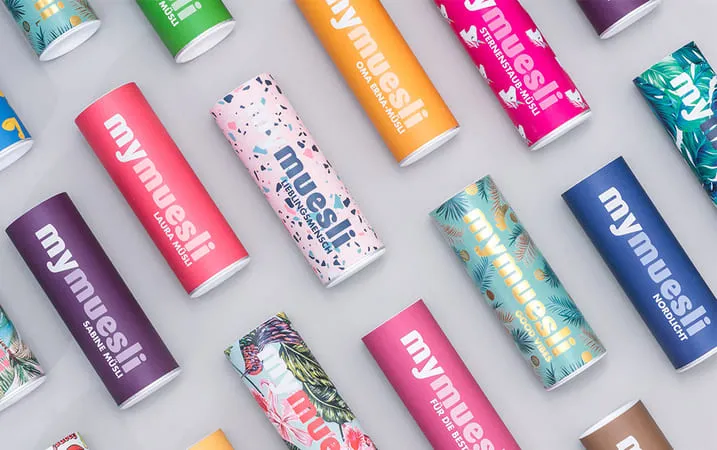
Effective product presentation
Primary packaging not only maintains close contact with the product, but also with the customer. Fraunhofer IML's brief definition has already pointed to the function as sales packaging, because that is how consumers perceive it.
The prerequisite for this is again: packaging that stands out. This is especially true in retail, where the competition at the point of sale is large and diverse. Good primary packaging manages to attract the customer's attention by
- appeals to the target group with an appropriate design or corporate design,
- puts the attractiveness of the product in the foreground and
- offers a recognition value for the brand.
The design of the sales packaging is correspondingly important. Individual printing, high-quality finishes, customised packaging sizes - there are numerous possibilities for unique packaging in any case.
Comprehensible product information for an informed purchase decision
In many cases, detailed explanations and information about the product can be found in the package insert or in the enclosed instructions. However, many important instructions must be recognisable to customers at first glance.
This applies, for example, to foodstuffs, which must be labelled according to an EU-wide standard. The EU's Food Information Regulation stipulates, among other things, the following as mandatory information:
- 01 the name of the foodstuff,
- 02 the list of ingredients with the allergens contained,
- 03 the nutrition labelling,
- 04 the best-before date or use-by date,
- 05 the net quantity, and
- 06 the company address.
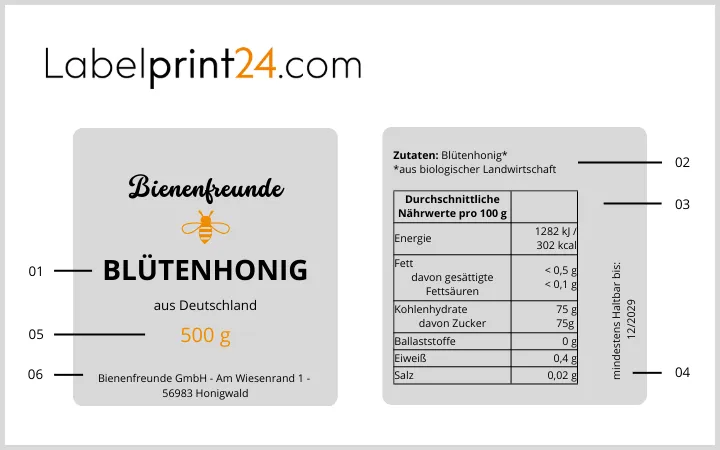
Similar requirements also exist for other product groups. The mandatory information must be printed legibly on the packaging. Therefore, the primary packaging - in addition to its other tasks - is an important information carrier.
Medicinal products and medical devices place special demands on the quality and safety of primary packaging. This is because they guarantee the efficacy and safety of medicines.
Therefore, glass is still a very common packaging material for medicinal products, but it is not suitable for every purpose. Multi-component systems such as pre-filled syringes consist of a variety of different materials, none of which may interact with the active ingredient.
Manufacturers can therefore have their primary packaging for medical products certified according to ISO 15378. This standard provides proof that production is subject to comprehensive quality management and the requirements of good manufacturing practice.
How do I choose the right primary packaging?
As mentioned above, the respective product already provides a certain direction for the primary packaging and its properties. However, the packaged product is not the only factor to consider when selecting packaging and packaging material.
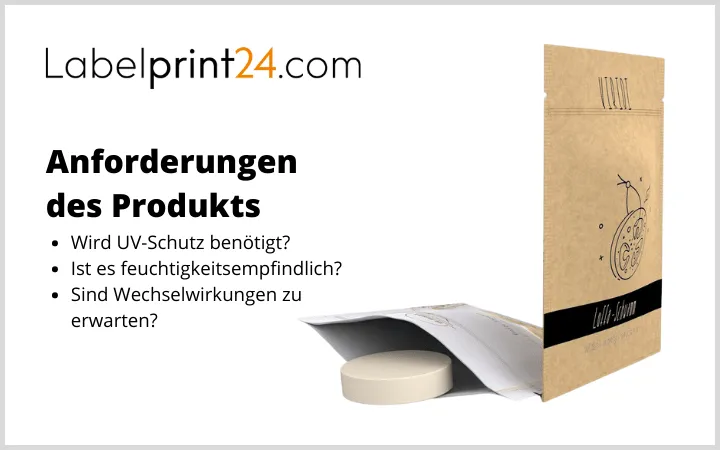
What are the requirements of the product?
To ensure that the packaging has the necessary barrier properties to guarantee the optimum condition of the goods, a number of questions need to be answered:
- Is the product light-sensitive and therefore needs special protection against UV radiation?
- Is the product sensitive to moisture? Under these circumstances, many packages made of paper, cardboard or paperboard may be ruled out as an option.
- Are interactions to be expected? For example, can substances harmful to health or the environment escape?
All these questions ultimately revolve around the protection and safety aspect of primary packaging.
How does the primary packaging behave in the packaging process?
In addition to the product requirements, there are also the technical demands. This applies in particular to the packaging and filling process. Because precision and efficiency are important here - and that means the highest possible speeds.
The better a package can be processed, the more it contributes to fast processes during packing and filling. This is just as important for machine processes as for manual ones. Optimally, even complex closure systems can be realised with little effort.
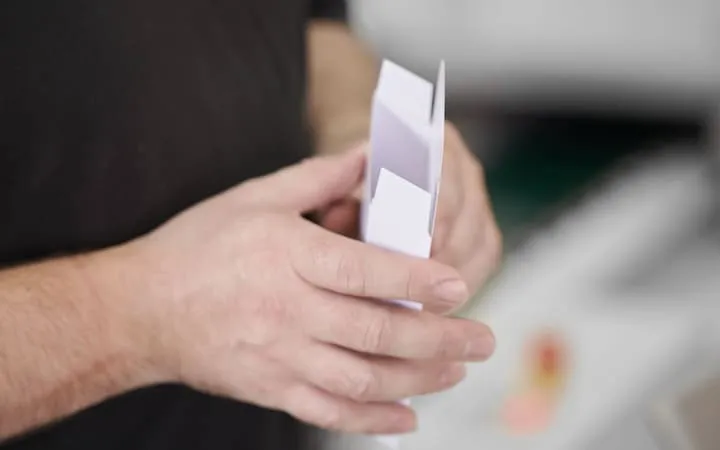

What contribution can primary packaging make to marketing?
For use as a marketing tool, diverse design options and unique designs are an absolute must - only in this way can the packaging stand out from the competition and reach the customer.
When it comes to design, several factors play a role. It's not just about the look - at least not in the sense of an eye-catching logo and trendy colours alone. The central question is rather: How do packaging and product fit together?
This question involves various aspects. Expensive and high-quality products, for example, should already be recognisable to customers by their sales packaging - for example through refinements or metallic elements. On the other hand, such an effort does not suit natural products, but the packaging can establish the connection to the content directly through the material (recycled cardboard, natural cardboard or grass cardboard).
The best materials for primary packaging
Because they are used to package a wide variety of products from very different sectors, the diversity of primary packaging is correspondingly large. Just a walk through the supermarket shows how many different sales packages there are between the fruit and beverage departments: from the cardboard tray for apples to the Tetra Pak for milk to the jars for jam or PET bottles for soft drinks.
The most commonly used materials for primary packaging are:
- Paper and cardboard
These packaging materials are particularly suitable for non-food products. However, the use for food is not excluded - as pizza or cake boxes prove. Folding boxes in their different variants are also suitable as sales packaging
- Glass
Glass containers have a wide range of uses as primary packaging. As a bottle, jar or preserving jar, glass protects just about everything - from drinks and jams to cosmetics and medicines.
- Metal
Metal packaging is mainly used for canned goods and beverage cans, but it is also widely used as a composite material, such as aluminium foil.
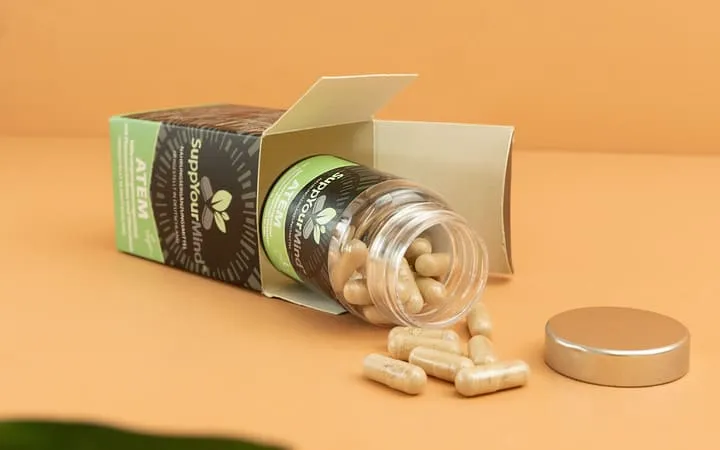
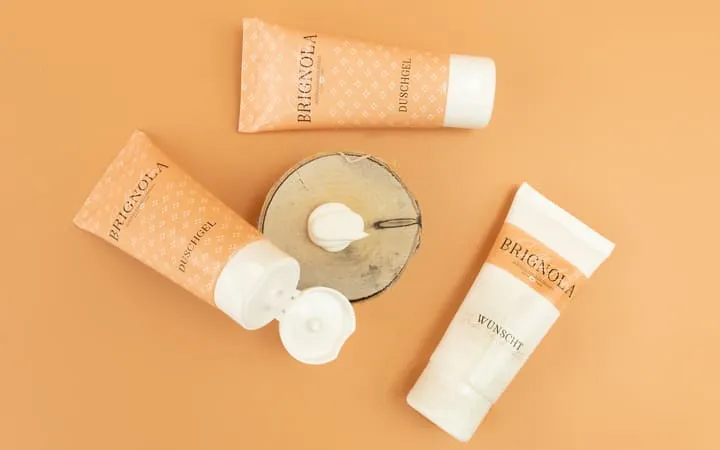
- Plastic
Plastic packaging is very flexible and can thus be easily shaped into various forms, from films to tubes and pouch packaging. They also provide robust protection from external influences for almost any product. Through different compositions, the properties of the packaging can be adapted according to the requirements of specific products.
- Composites
The combination of plastic and paper is often used, for example, to increase the resistance of cardboard packaging. Cardboard cans, for example, are also suitable for food thanks to a thin inner coating. Otherwise, composites are often found in Tetra Pak packaging for drinks and other liquids.
Primary packaging for food
Packaging that is used for food must meet particularly strict requirements. As so-called food contact materials, they are subject to safety requirements at both national and European level.
In German legislation, the Food and Feed Code and the Commodities Ordinance are decisive. The EU regulations concern, among other things, materials and articles for contact with food in general (Regulation (EC) No. 1935/2004) and Good Manufacturing Practice ( GMP ) (Regulation (EC) No. 2023/2006).
There are a number of material-specific directives in this regard, for example for food contact materials and articles
- made of plastics (Regulation [EU] No 10/2011),
- recycled plastics (Regulation [EC] No. 282/2008) or
- ceramics (Directive 84/500/EEC).
These are not binding legal standards. But for paper, cardboard, rubber or silicone, the assessments of health safety are a technically up-to-date and scientifically sound basis.



